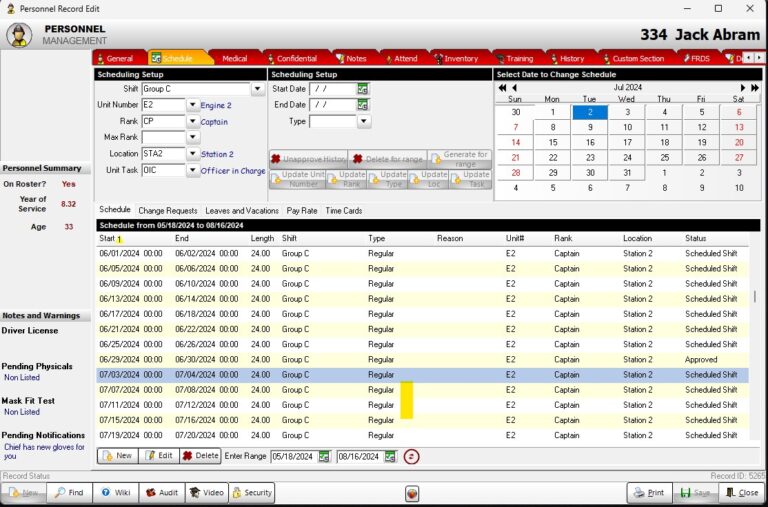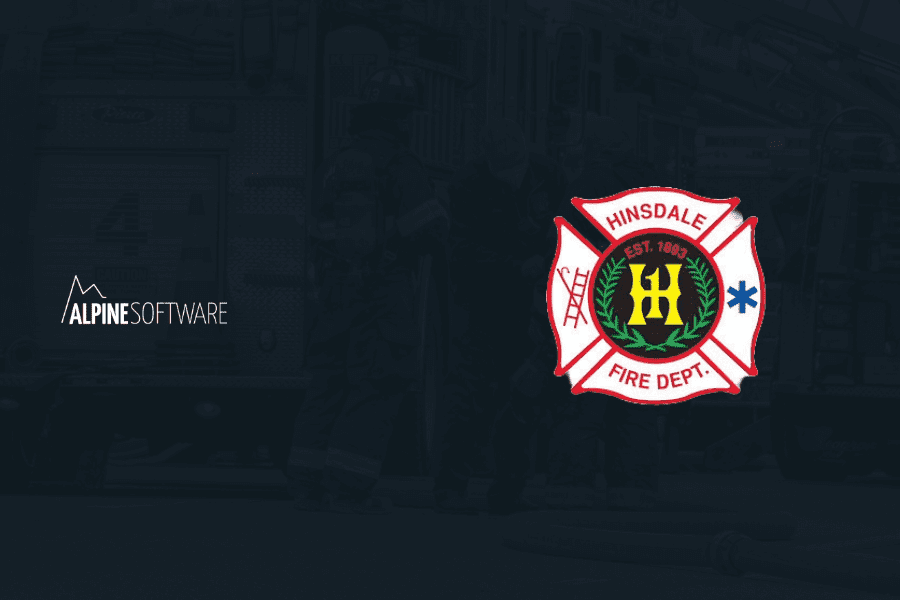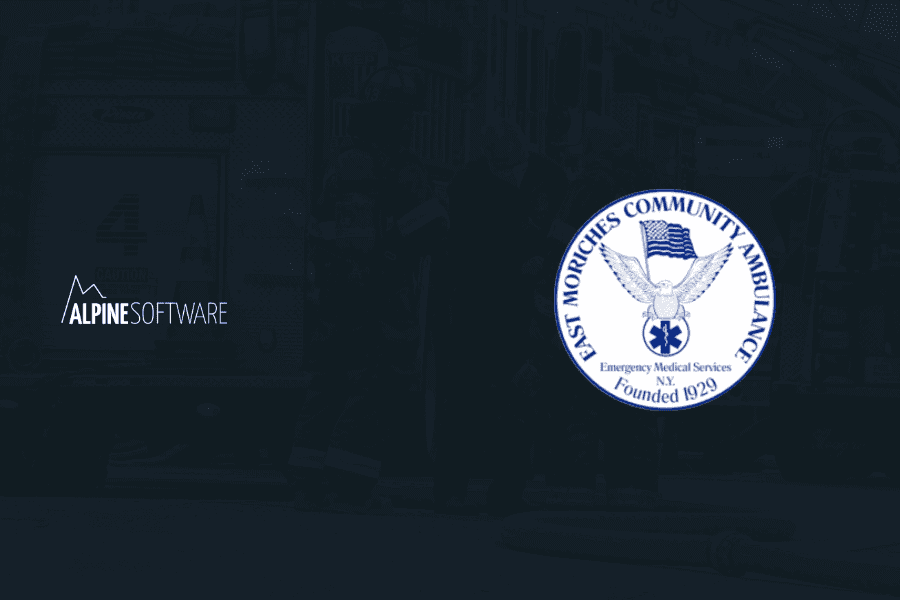Understanding ISO Scores to Improve Performance and Strengthen Community Protection
No matter the community they live in, people want to know that their local fire department can protect them and their property. Insurers want that same assurance. Departments that can prevent or respond quickly to fires can help limit property insurance claims, meaning insurance companies can keep their money in their pockets.
The property insurance industry, therefore, often calls upon the Insurance Services Office (ISO) to determine just how well specific fire departments protect the communities they serve. These capabilities are represented by a metric known as an ISO score.
Below, learn more about what an ISO score entails, what it means about public safety, and how your department can keep its score high.
What Is an ISO Score?
An ISO score, also known as a Public Protection Classification (PPC) score, is a rating given to municipal fire departments that evaluates their ability to offer adequate fire protection to the communities they serve. The ISO determines these scores by analyzing certain data with its proprietary Fire Suppression Rating Schedule (FSRS).
Based on several criteria, the ISO issues a classification on a scale of one to 10. A Class 1 score indicates excellent service from a fire station. Naturally, then, a Class 10 score suggests that the department doesn’t meet minimum standards.
In many cases, ISO scores help underwriters make decisions about insurance rates. They’re also designed to help fire departments improve their services.
The Challenges of Standardized Reporting
To reiterate, an ISO score is a measure of how well your department does with fire prevention and response. You may feel that your ISO rating meaning is subjective; however, it is based on several objective factors that affect your department’s ability to protect the community:
Fire Department: 50%
The largest factor of an ISO fire rating refers to how healthy your department is and how prepared you are to respond to fire incidents. Several aspects can affect this part of your score, such as:
- Department size
- Staffing levels
- Staff training
- Equipment maintenance
Departments that aren’t stretched too thin and are maintaining high standards are most likely to score high on this portion of the scale.
Water Supply: 40%
Fire departments with access to a reliable water supply system are often able to put out residential fires quickly. With that in mind, part of your ISO score comes from an evaluation of your water supply levels after daily consumption has been accounted for. Your department will also be scored based on how many fire hydrants you have. Though you may feel these elements are outside your control, the ISO argues that they do play into a fire department’s ability to suppress fires.
Emergency Communication Systems: 10%
The quality of your emergency communication system impacts how quickly residents can contact you when a fire breaks out. It also affects how long it takes you to respond. To rate your department in this category, the ISO considers the following:
- 9-1-1 response system quality
- Communications center staffing
- Emergency call center agent training
- The number and size of computer-aided dispatch (CAD) facilities
- How dispatch circuits communicate incident location
When these elements are in place, you have the resources to respond to emergencies promptly. As a result, you’re better able to prevent life and property loss.
Communirt Risk Reduction: 5.5%
The last chunk of an ISO score is all about what your department does to prevent fires in the community. According to the FSRS, you should at least consider implementing the following:
- Community-based fire safety education
- Updated fire prevention techniques
- Robust fire investigation procedures
Proper education ensures residents know how to reduce the likelihood of a fire. Also, the ability to thoroughly investigate fire incidents helps departments make better decisions about how to respond to future incidents. Better prevention, mitigation techniques, and fire responses can translate to less property damage.
Note that the community risk reduction category, as a whole, represents “extra points” in the eyes of the ISO. The organization doesn’t wish to punish those who have yet to adopt these additional fire prevention measures.
How Does Your Fire Department's ISO Rating Affect Your Community?
Achieving a low ISO score is a marker of distinction for your department and your community. When a third party can recognize the hard work you have put into keeping the community safe, it is something you should be proud of. It should also make residents feel safer knowing how much their fire professionals not only care about them but are more than capable of protecting them.
The community also benefits from your high scores through lower insurance premiums. Many insurance companies factor these scores into both home and commercial insurance rates. The lower the score, the better the rate a home or business owner receives. In some cases, businesses will pass their insurance policy savings on to the customer. In turn, this can result in community members saving even more money.
How Can You Improve Your Fire Deparment's ISO Score?
You can improve your department’s ISO score by working on the FSRS categories in which you have previously scored the lowest. Some suggestions include the following:
- Using online education platforms to deliver adequate training as outlined by the ISO
- Holding hiring events or developing a volunteer firefighter program to recruit personnel for understaffed departments and communications centers
- Improving equipment tracking and maintenance schedules so that your resources are always working well
- Developing and implementing community-based fire prevention and safety education programs
- Collecting robust fire incident data to ensure thorough investigations and data-driven improvements
- Advocate for a better water supply with community leaders and lawmakers
While some of these actions will be outside your control, many can be solved with a little ingenuity, some networking, and the help of the right tools.
How Can RedAlert Help?

RedAlert easily tracks schedules and attendance, giving you peace of mind that you have adequate personnel for emergency responses. Our software also centralizes your data for everything that affects your ISO scores, including training events, equipment maintenance, and incident response times.
With customized reporting and a user-friendly interface, you’ll have everything you need at your fingertips to start working toward improved ISO scores and better overall community safety.








